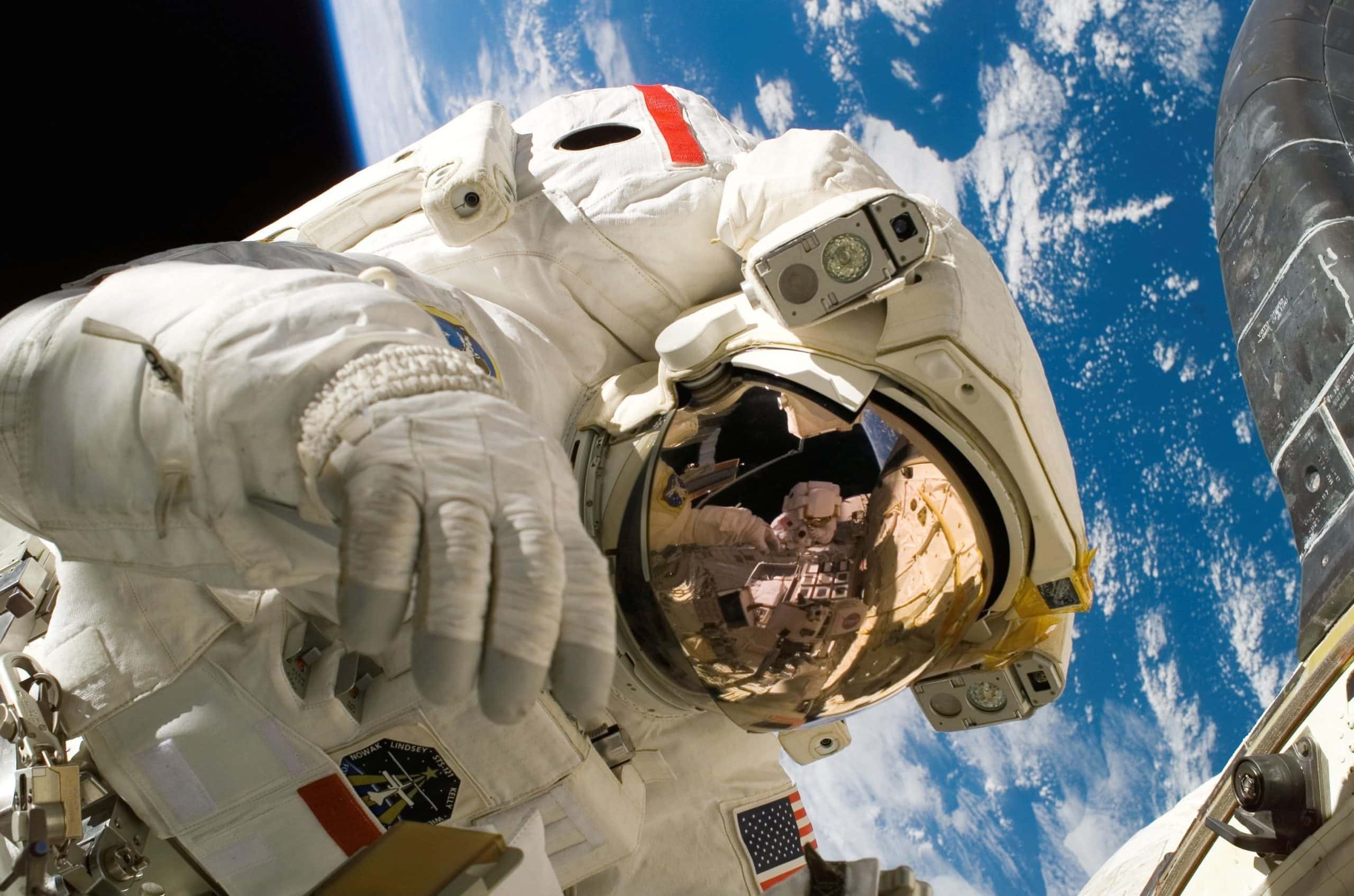As we continue to conquer the vastness of space, it becomes crucial to consider the implications for human activities, particularly, the future of sports in these unfamiliar territories. Space sports encompass games and activities performed in a zero gravity environment, usually within the confines of a spacecraft or on extra-terrestrial bodies like the moon. The games currently available to astronauts are merely adaptations of Earth-based sports, but as our understanding and exploitation of microgravity grow, so will the complexity and diversity of these games.
The space sports of the future are not just a fantasy. With advancements in science and space travel, we are gradually moving towards a future where sports in space may become commonplace. This comprehensive exploration of space sports will delve into its current state, the challenges of gravity, and the future prospects influenced by science and our understanding of microgravity environments.
Lire également : How to Implement Injury Prevention Protocols in Youth Soccer Training?
The Current State of Space Sports
Sporting activities have always been a part of astronauts’ lives aboard the International Space Station (ISS). These games serve as a form of entertainment, fostering a sense of camaraderie, and providing much-needed physical exercise in a microgravity environment.
Current space sports are simple adaptations of popular Earth-based sports. For instance, astronauts aboard the ISS have been known to play games of floating football and zero-gravity ping pong. They have held mock Olympic games and even performed “spacewalks,” which are akin to an extravehicular activity or EVA outside the spacecraft.
A lire également : What Are the Effects of Altitude Training on VO2 Max in Cyclists?
In 2008, Japanese astronaut Soichi Noguchi demonstrated the first space version of baseball aboard the ISS. The football-sized ball was hit using a make-shift bat, and the astronaut ran around in a circle, mimicking the bases of a baseball field. The entire process was slow, given the lack of gravity, but it paved the way for the concept of sports in space.
In 2011, astronauts aboard the ISS watched the Super Bowl live, with NASA arranging a special broadcast. This was a significant step towards integrating the enjoyment of Earth-based sports into a space environment.
Challenges Posed by Gravity and Space Environment
The notion of sports in space presents an array of challenges, primarily due to the differences in gravity compared to Earth. In space, the force of gravity is significantly less, creating a near zero-gravity or microgravity environment. The lack of gravity influences how objects move and human body functions, drastically changing the dynamics of any game played.
In space, a ball wouldn’t fall back to the ground as it does on Earth. Rather, it would continue moving in the direction it was propelled until it hits an object. This means traditional Earth-based sports that rely on the force of gravity for their gameplay, such as basketball or football, would have to be significantly modified for a microgravity environment.
The human body also behaves differently in space. Without the constant pull of gravity, muscles and bones can deteriorate, leading to muscle atrophy and bone density loss. This makes physical training for sports in space a significant challenge.
The Role of Science in Shaping Future Space Sports
Despite these challenges, advancements in science and technology have the potential to shape the future of sports in space. Microgravity research, for instance, can help develop equipment and training regimens suitable for space sports. Understanding the effects of microgravity on the human body can also lead to the creation of protective gear and effective countermeasures against muscle and bone loss.
Scientific advancements can also help in the development of entirely new sports designed for microgravity environments. For instance, games that take advantage of the three-dimensional movement possible in a microgravity environment, or those that incorporate the unique properties of space into their gameplay.
What Does the Future Hold for Sports in Space?
Looking into the future, we can envision a time where space sports are not just limited to astronauts. With private companies like SpaceX aspiring to make space travel accessible for common people, the sphere of space sports could expand to include non-astronauts.
Moreover, as the concept of colonizing other planets, such as Mars, becomes more tangible, the possibility of developing sports unique to these celestial bodies arises. For example, the moon’s gravity is only one-sixth of Earth’s, which could lead to entirely new sports that are not possible on Earth.
Ultimately, the future of sports in space is largely dependent on our continued exploration and understanding of space and microgravity environments. As we move forward, we can expect to see more innovation, creativity, and excitement in this field. Exciting times await as we step into the next frontier of sports in space.
A Glimpse into the Realm of Space Olympics
The profound progress in commercial space travel has sparked conversations around the concept of Space Olympics. The idea, once reserved for the realm of science fiction, has gradually started to manifest into a potential reality. These interstellar games could be a spectacle unlike anything we’ve experienced on Earth, offering an array of sports redesigned for a zero-gravity environment.
The International Space Station (ISS) has already provided a platform for astronauts to engage in adapted Earth-based sports. However, the possibility of Space Olympics would necessitate the creation of new games, specifically designed for the low gravity environments of the moon, Mars, or even spacecrafts.
For instance, imagine a game of basketball where players float gracefully through the air, making slam dunks from unbelievable heights. Or visualize a soccer match where players glide across the field, controlling the ball in three dimensions. These are just a few examples of how Earth-based sports could evolve in a low gravity environment. Moreover, we could also see the emergence of entirely new sports, the likes of which are beyond our current comprehension.
The establishment of a Games Federation for space sports could be a crucial step towards organizing Space Olympics. This body could oversee the development of new sports, establishing rules and regulations that reflect the unique realities of playing in a zero-gravity environment.
While these prospects may seem far-fetched, it’s important to remember the rapid pace at which commercial space travel is advancing. Companies like SpaceX and Blue Origin are relentlessly working towards making space tourism a reality. The potential influx of non-astronauts into space could provide the necessary momentum to turn the concept of Space Olympics from a dream into a reality.
Space Sports and the Future of Human Exploration
The evolution of space sports is inextricably linked with the future of human exploration in space. As we continue to venture further into the cosmos, our understanding of the effects of microgravity on the human body will improve, enabling us to better adapt and create sports for these novel environments.
The exploration of the moon, Mars, and beyond brings with it the exciting possibility of new sports that leverage the unique gravitational conditions of these celestial bodies. The moon, with its one-sixth gravity of Earth, could host sports that involve incredible leaps and bounds, while Mars, with its own unique gravity, could give rise to a completely new category of sports.
The future of sports in space also depends on the continued development of our space infrastructure. The potential expansion of the International Space Station (ISS), the establishment of lunar bases, and the eventual colonization of Mars could offer new venues for space sports.
In conclusion, the future of space sports is promising and filled with endless possibilities. As we continue to push the boundaries of human exploration in space, we can expect sports to evolve and adapt to these new environments, just as they have throughout human history on Earth. The prospect of Space Olympics and sports on celestial bodies like the moon and Mars is not just a science fiction fantasy, but a potential reality that could be realized within our lifetime. The realm of space sports, once restricted to astronauts and science fiction, is on the brink of becoming a part of our reality, changing the way we perceive sports forever.





